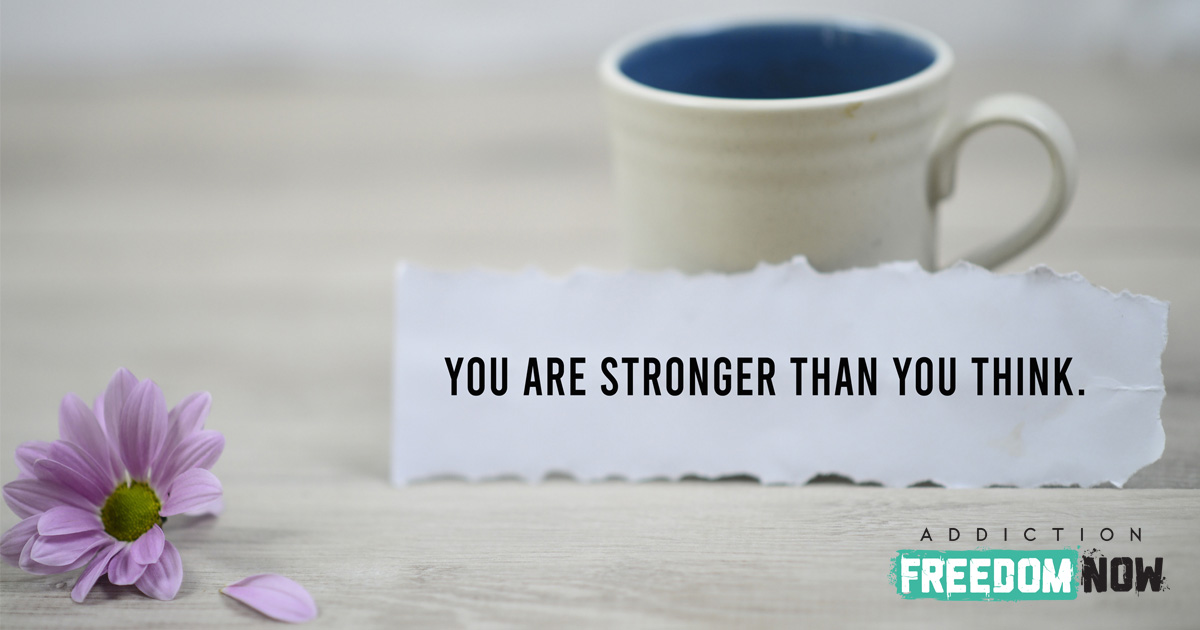Anyone who has first-hand experience with Substance Use Disorder knows the toll it can take on emotional, spiritual, and physical well-being. In the earliest stages of treatment, you will likely learn how to identify cravings and develop healthy coping mechanisms to stress. For some, these coping mechanisms include cultivation of hobbies or social support groups. Often, people overcoming addiction find solace in physical and recreational activity, such as running.
Can Physical Activity Help You Overcome Addiction?
Though many individuals who have been through the experience themselves will tell you that participating in physical activity does control cravings, this is also supported by a promising evidence base. Animal studies have found that participating in regular swimming reduces voluntary consumption of morphine in rats dependent on opioids. Additionally, providing cocaine-dependent rats with an exercise wheel decreased the amount of self-administration.
In humans, a small study of 38 men with various substance use disorders were instructed to participate in group exercise classes 3 times a week for up to 6 months. Of the 20 members who completed the intervention, 15 reported decreased substance use or total abstinence 1 year later.
Many individuals who experience substance use disorders find solace in physical activity. There are a few possible reasons for this. One is that workouts provide a much-needed element of structure. Exercise clubs offer opportunities for positive social connection and can help alleviate the symptoms of depression and anxiety, common comorbidities for substance use disorders.

How Running Saved Her from Meth Addiction
A recovering meth user, who wishes to remain anonymous, knows firsthand how important physical activity can be to sustaining recovery.
“I started experimenting with drugs when I was 14. First weed, then ecstasy, after that cocaine—but the one that clung to me was meth. The first time I tried it, I was in love. I was 21. I never really thought I was addicted because I didn’t look and act like an addict. I had a job, a nice car, friends, an apartment, and I didn’t think anyone would have guessed I was a meth user.
I became pregnant after using meth for 2.5 years, and I quit cold turkey. It was a struggle. The night sweats, the cravings, the mood swings, my irrational thinking. I don’t know how I managed, but somehow, I did. After my pregnancy, I relapsed more than a few times. I didn’t want to do meth, but even after not using it for 10 months, I felt like I needed it. My mind won every time—even after trying to fight it, there I went looking for another fix.”
Our author’s story is not uncommon. Many people who experience substance use disorders are high functioning. They may hold down jobs, appear to manage familial and social responsibilities, and believe that they can hide their demons from public view. The isolation, shame, and guilt accompanying a hidden substance use disorder can be crippling, which can trigger a relapse.

The Road Back to Sobriety
“I knew I needed help, but I didn’t know how to ask for it. My family and friends were unaware of my drug use. And I was too ashamed to talk about it with them, so I started running just to clear my mind. It’s now one year later, and I am still running—I haven’t relapsed since.”
Our author’s switch from methamphetamine to running makes sense from a physiological perspective. Methamphetamine becomes a drug of addiction quickly because of its direct effect on dopamine and serotonin levels in the brain, the body’s so-called “feel good” chemicals. Methamphetamine causes a particular significant increase in dopamine, which is responsible for the euphoric high that the user experiences.
However, when the effects of the methamphetamine wear off, the brain is short of both dopamine and serotonin, which causes symptoms of anxiety and depression. Over time and repeated use, users develop a tolerance to the substance, which fuels the meth addiction.
Running and other intense physical activities can also trigger an endorphin rush. Increased physical stress triggers your brain to release feel good chemicals such as serotonin, dopamine, and leptin, which creates the so-called “runners high.” Studies of the human brain after exercise have found increased levels of dopamine in the brain as late as two hours after exercise.
Unlike methamphetamine, however, physical exercise does not cause dysregulation of the body’s biological systems. To say that she replaced meth with running would be simplistic; however, several recovering users report swapping exercise for their substance with choice – with promising results. The Skid Row Running club, the subject of a recent documentary, is comprised of ex-residents of Los Angeles’ most notorious homeless neighborhoods. Many cite physical activity as an outlet for cravings and as a replacement healthy coping mechanism.

Tips for Resisting Alcohol and Drugs
Individuals experiencing a substance use disorder can use physical activity for beneficial use, no matter where they are in the recovery process. Research from the psychiatric and neurobehavioral science department at the University of Virginia has found that all types of exercise can produce positive effects. For example, a brisk walk, if feasible, can help ease feelings of withdrawal in the earliest phases. A recovering user may also find solace in a bike ride or group exercise class when a seemingly insatiable craving strikes.
Researchers believe physical activity may work to reset the brain systems that became dysfunctional throughout the course of the addiction.
People who participate in physical activity during recovery may also experience positive benefits because of a sense of camaraderie. Positive social supports are essential, especially in the early stages of recovery, and running/exercise groups allow recovering users to find joy in sobriety. Our author states:
“Running keeps me active and focused on one thing—getting better. I love knowing I am healthy. I love running up that hill I would have never been able to run while using. Sometimes when I feel mentally weak, I put on my running shoes and go for a long run. Breathing the fresh air and listening to my favorite songs reminds me of how beautiful it is to be sober, to be alive, to be able to run.”
Whether you are new to recovery or are thinking of seeking help, you too can benefit from regular exercise. Try these tips for resisting drugs and alcohol in recovery:
- Join an exercise club. In the earliest stages of recovery, cultivation of friendships, interests, and hobbies are essential. This allows you to see how enjoyable life in sobriety can be.
- Try to engage in moderate physical activity a few times a week. The most recent evidence suggests that the intensity or duration of exercise does not matter; even a brisk walk can have positive effects on those experiencing cravings or withdrawal.




